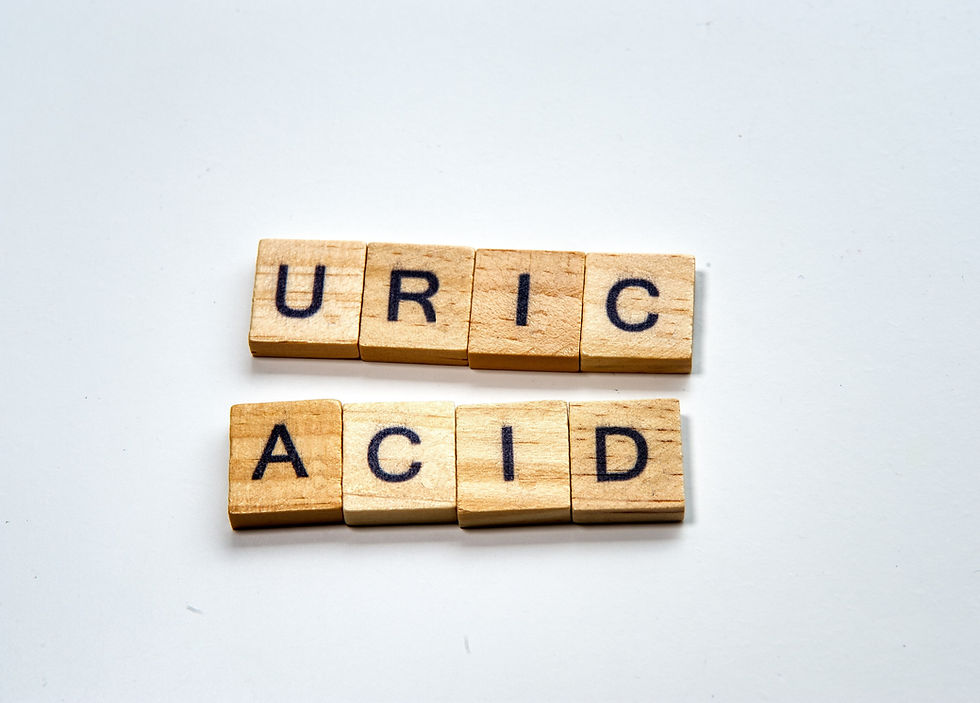RHT3201: A New Frontier in Postbiotics by ILDONG Bioscience
- Joon

- Jan 3, 2024
- 2 min read
Updated: Jan 24, 2024
In the realm of probiotics and postbiotics, RHT3201 by ILDONG Bioscience stands as a groundbreaking advancement, particularly in the management of hypersensitivity reactions such as allergies and atopic dermatitis. This blog post aims to explore how RHT3201, a postbiotic, is revolutionizing the approach to immune health management.
Postbiotics are non-viable microbial by-products or cell components derived from probiotics, offering health benefits. Their manufacturing typically involves concentrating lactic acid, applying heat treatment to inactivate microbes, and employing freeze-drying processes for stabilization and preservation. This method ensures the retention of beneficial properties while enhancing shelf-life and ease of use in various applications.
RHT3201: An Introduction RHT3201 is Korea's first postbiotic approved by the Korea Food & Drug Administration (KFDA) for its unique ability to balance immune responses in the human body. Unlike probiotics, which are live organisms, postbiotics like RHT3201 are non-living by-products of probiotic fermentation, offering a stable and consistent delivery of health benefits.

Understanding Hypersensitivity and RHT3201's Role Hypersensitivity reactions, including allergies and autoimmunity, occur when the immune system overreacts to foreign substances, leading to an imbalance. RHT3201 has shown significant effects in modulating this immune response, particularly by influencing the production of cytokines and balancing the immune response between Th1 and Th2 cells. This modulation is key to suppressing hypersensitivity reactions.
Clinical Insights into RHT3201's Efficacy RHT3201 has been clinically tested in a randomized, double-blind, placebo-controlled study, particularly focusing on children with moderate atopic dermatitis (AD). This study demonstrated that RHT3201 could significantly improve AD symptoms compared to a placebo. Notably, it showed a decrease in inflammatory markers like eosinophil count and IL-31 levels, which are key indicators in hypersensitivity reactions.
RHT3201's Impact on Atopic Dermatitis For individuals, especially children, with a longer history of atopic dermatitis, RHT3201 proved to be even more effective. The treatment led to a marked decrease in inflammation markers, especially in cases lasting more than 50 months. These findings highlight RHT3201's potential as a new treatment approach in managing long-term hypersensitivity conditions.
Safety Profile A critical aspect of any new treatment is its safety profile. RHT3201 has been noted for its well-established safety, making it a reliable option for managing conditions like atopic dermatitis in children.
Versatility in Formulation Another advantage of RHT3201 is its flexibility in formulation. It can be incorporated into various delivery formats such as capsules, powders, tablets, and gummies. This versatility is essential for catering to different health and lifestyle needs.
Final Thoughts The advent of RHT3201 represents a significant leap in postbiotic research, offering new perspectives in treating allergies, asthma, and atopic dermatitis. Its ability to modulate immune responses and reduce hypersensitivity reactions, coupled with a strong safety profile, positions it as a promising solution in the health and wellness sector.
As we continue to explore the potential of postbiotics like RHT3201, it becomes clear that they could play a vital role in advancing human health, especially in managing conditions that stem from immune system imbalances.
For more detailed information on RHT3201 and its benefits, I recommend visiting the ILDONG Bioscience's RHT3201 page.


![[SHARED] Scientific Frontiers - Heat killed BBR4401 cholesterol study - Ildong Bioscience Co](https://static.wixstatic.com/media/8eb5c0_d1c445ac5d654b26b5de257ccf3bbca3~mv2.jpg/v1/fill/w_724,h_407,al_c,q_80,enc_avif,quality_auto/8eb5c0_d1c445ac5d654b26b5de257ccf3bbca3~mv2.jpg)